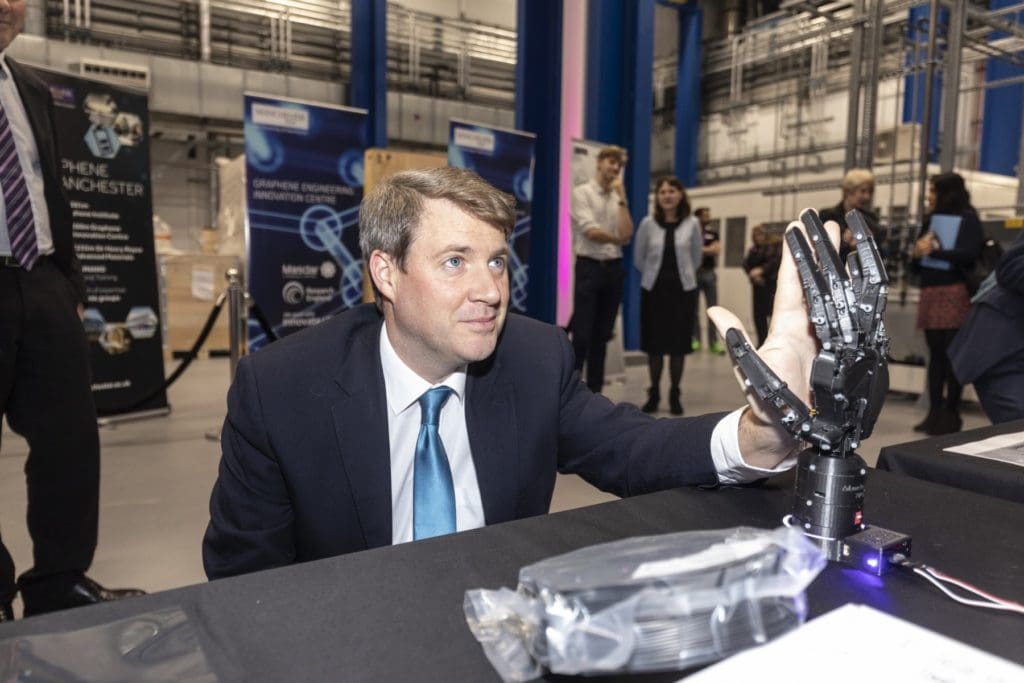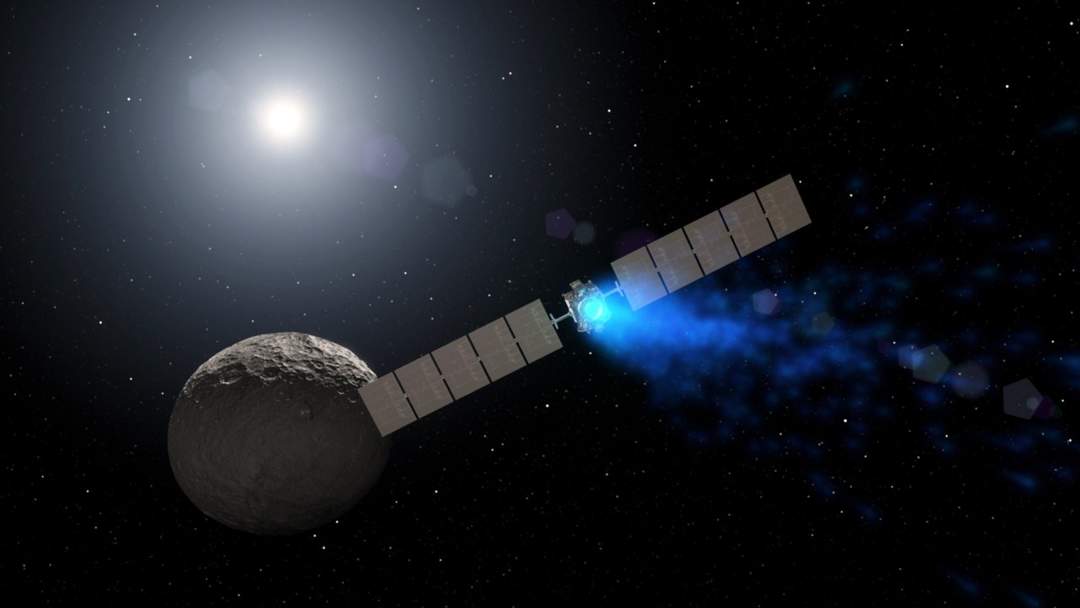The UK National Nuclear Laboratory (NNL) and the University of Leicester have demonstrated the first generation of electricity powered by Americium. It is a first step towards the development of "space batteries" capable of powering missions for hundreds of years.
What is Americium
Chemical symbol AM, it is a rare element not present in nature, but obtained from the decay process of plutonium, which in turn is produced during reactions inside nuclear reactors.
The research team extracted some Americium from British plutonium stockpiles. They then used the heat generated by this (highly) radioactive source to generate enough electricity to power a light bulb placed inside a special shielded area at the NNL's central laboratory in Cumbria, a county in north-west England.
This revolutionary application shows the potential of using the element Americium in radioisotope energy systems to power deep space missions. These are cases in which a spacecraft or probe travels at enormous distances from the sun or in unfavorable environments in which current photovoltaic systems are impossible to use.
In this way, missions will be able to continue sending signals and analyzes much longer than today, up to 400 years after the launch of a mission.
Future space batteries
The English Minister of University, Science, Research and Innovation Chris Skidmore is excited. “This discovery related to the element am seems to come straight from a science fiction series. In reality it is further proof that the UK can and must remain at the top of frontier scientific research. We will create high profile professional figures with great capabilities, who can guide and support our industrial strategy and our national investments in research and development”.

The cue of long missions
The design of a system to power long-duration space missions has been around for many years. It was funded by both the English and European Space Agency (ESA). In the end, a winning synergy emerged between European Thermodynamics Ltd, which developed the thermoelectric generator, and the Nuclear Decommissioning Authority which allowed the use of plutonium.
Tim Tinsley, director of the project, commented: “The lighting of this simple light bulb is the culmination of enormous work by two teams in collaboration with major space agencies. It is wonderful to know that we can use radioactive waste material that is difficult to store and dispose of in missions of crucial importance."
“Advancing space exploration requires new engines, new vehicles, new technologies," He says Chris Bicknell, who worked directly on the generator. “Radioisotope engines are a very important technology for future space exploration. Their use will lead to more efficient shuttles and probes capable of advancing smoothly on Mars or in cold, distant, dark and inhospitable areas of our universe. It's a huge step towards this goal."
“The gigantic energy of these energy sources allows a range of space missions that would otherwise be unattainable.” He says it Keith Stephenson ofESA. “This happy collaboration between the space and nuclear sectors creates new scientific and professional possibilities for the whole of Europe and opens the doors to an exciting era of exploration of our solar system.”


